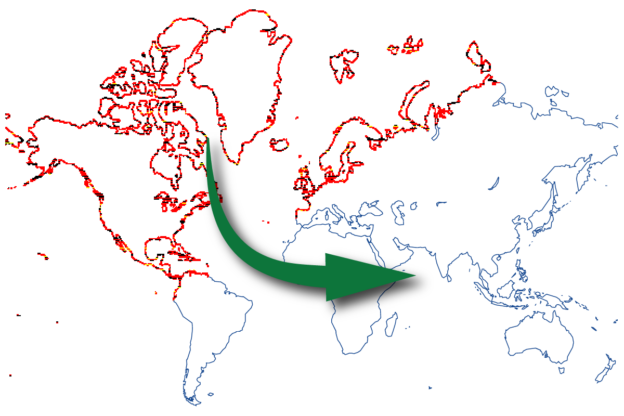by Arnalie Vicario
We would like to congratulate OpenStreetMap Belgium on becoming an OpenStreetMap Local Chapter (again)!
The past year was a rebuilding year for OSM.be. Regaining Local Chapter status was the cherry on top. The official status confers a seriousness and professionalism when working with outside organizations, and fosters leadership opportunities for OSM.be members when it comes to OSM Foundation policy making.
In a statement for this blog post, the OpenStreetMap Belgium Board noted that:
We had a tough 2023 when we had to reinvent ourselves as a separate organization. The good thing about that is that we’re now a much less complex organization. Furthermore, our bylaws now have legal standing, and we were able to set rules that better fit OSM-style leadership.
OSM.be’s goals for 2024 include promoting important mapping tasks and supporting member projects. They will also continue their camera grant project and keep working with Mapillary to distribute more 360° cameras across Europe. Another exciting project is to set up a Panoramax instance for Belgium. This project is in the relationship building stage as they seek to partner with governments and universities on servers.
Background
OpenStreetMap Belgium first became a Local Chapter on May 24th 2018. At that time, OSM Belgium was operating under Open Knowledge Foundation Belgium (OKFN). The Local Chapter agreement was terminated in September 2023 after OSM Belgium had resigned from OKFN Belgium. In November 2023, OSM Belgium re-applied for Local Chapter status as an independent organisation. The OpenStreetMap Foundation Board approved the application on January 25th 2024.

Thank you to the OpenStreetMap Belgium community for spreading the good word about OSM, and educating people about the power of open data, local knowledge and community!
Interested in Becoming a Local Chapter?
Reach out to the Local Chapters and Communities Working group via email local@osmfoundation.org, or post any questions you may have in the community forum thread: Local Chapters: What To Know and How to Join.
Learn more about OSMF Local Chapters here:
- Local Chapters
- Handbook for becoming a Local Chapter
- Frequently Asked Questions
- Application documents
The OpenStreetMap Foundation is a not-for-profit organisation, formed to support the OpenStreetMap Project. It is dedicated to encouraging the growth, development and distribution of free geospatial data for anyone to use and share. The OpenStreetMap Foundation owns and maintains the infrastructure of the OpenStreetMap project, is financially supported by membership fees and donations, and organises the annual, international State of the Map conference. Our volunteer Working Groups and small core staff work to support the OpenStreetMap project. Join the OpenStreetMap Foundation for just £15 a year or for free if you are an active OpenStreetMap contributor.


